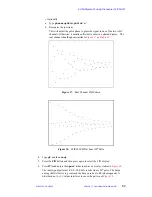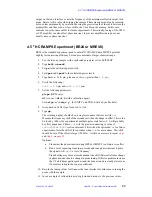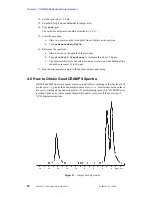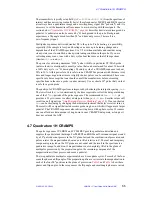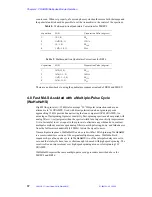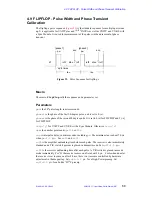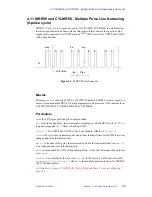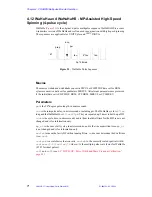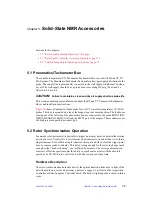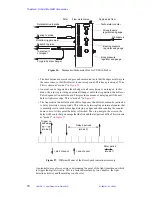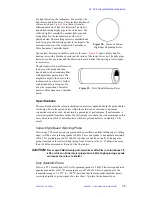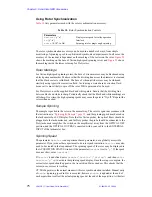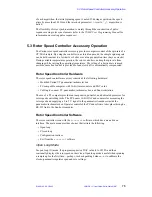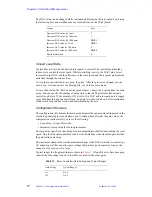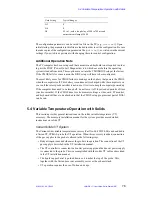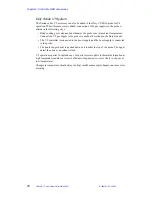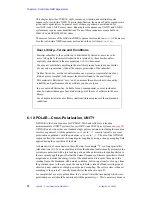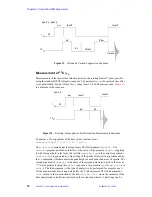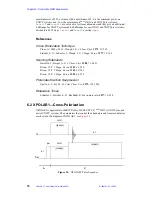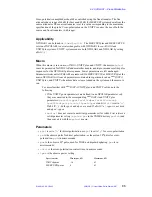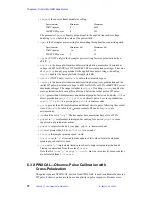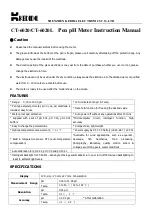
01-999162-00 C0402
VNMR 6.1C User Guide: Solid-State NMR
72
Chapter 5.
Solid-State NMR Accessories
Sections in this chapter:
• 5.2 “Rotor Synchronization Operation,” this page.
• 5.3 “Rotor Speed Controller Accessory Operation,” page 76.
• 5.4 “Variable Temperature Operation with Solids,” page 78
5.1 Pneumatics/Tachometer Box
The variable temperature (VT) Pneumatics/Tachometer Box is used with Varian VT CP/
MAS probes. The Pneumatics/Tachometer Box handles all air/gas supply distribution to the
probe. The supply line is permanently connected to the wall supply, which must be clean,
dry air. The wall supply should be at a pressure not exceeding 120 psig (8 bar) and be
filtered to 0.6 micron.
CAUTION:
Failure to maintain a clean and dry air supply shortens probe life.
This section contains general information about the RT and VT Pneumatics/Tachometer
Boxes and installation instructions.
shows a Pneumatics/Tachometer Box for VT (variable temperature) CP/MAS
probes. This box is mounted on a leg of the magnet in a convenient position. The four hoses
coming out of the left side of the pneumatics box are connected to the probe ROTATION/
DRIVE, BEARING, BODY GAS, and the EJECT port of the magnet. These connectors are
of a high-pressure, quick-disconnect type.
5.2 Rotor Synchronization Operation
In a number of experiments it is desirable to trigger an event at a precise point in the rotation
period of a rotor. Usually this is less relevant from transient to transient than it is within a
single transient. Even within a single transient, the required delay before the trigger point
may be some seconds or minutes. This delay is long enough for the rotor to change speed
enough so that “dead reckoning” is not sufficiently accurate. The rotor synchronization
accessory offers the spectroscopist the ability to synchronize events with the absolute
position of a CP/MAS rotor, as well as to read the rotor speed at any time.
Hardware Description
The rotor synchronization hardware detects the optical transition from dark to light of the
detection mark on a rotor and provides a pulse as a trigger to a circuit on the Acquisition
Controller or Pulse Sequence Controller board. The dark-to-light edge can be used in three
ways:





